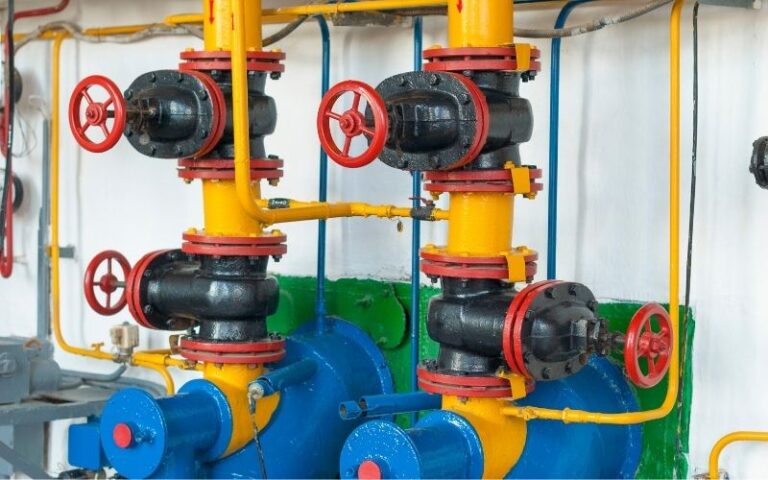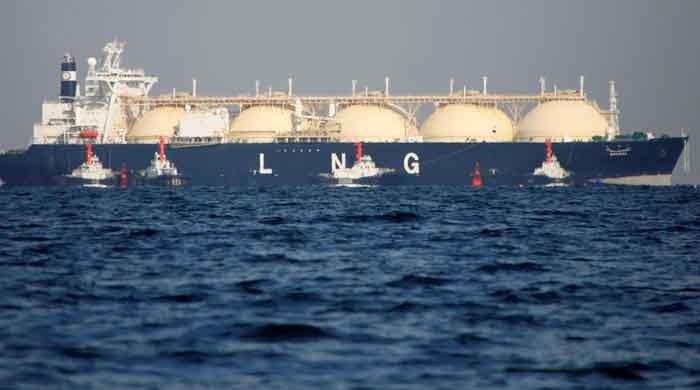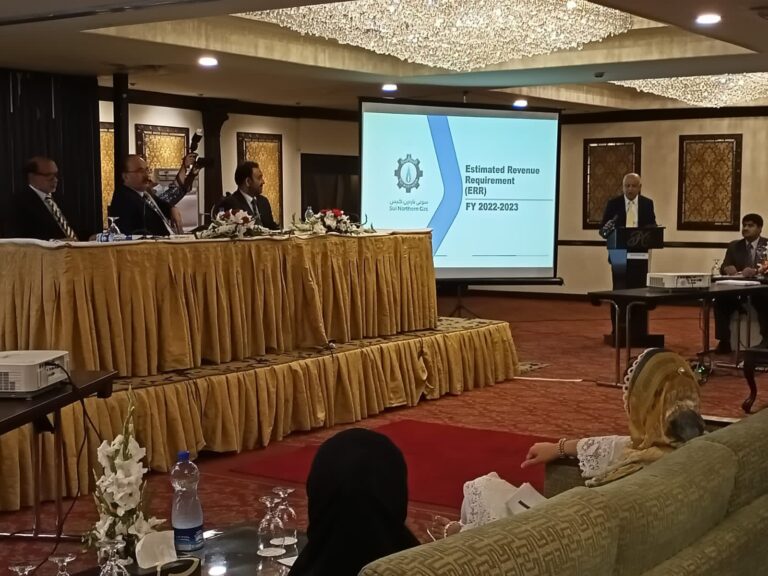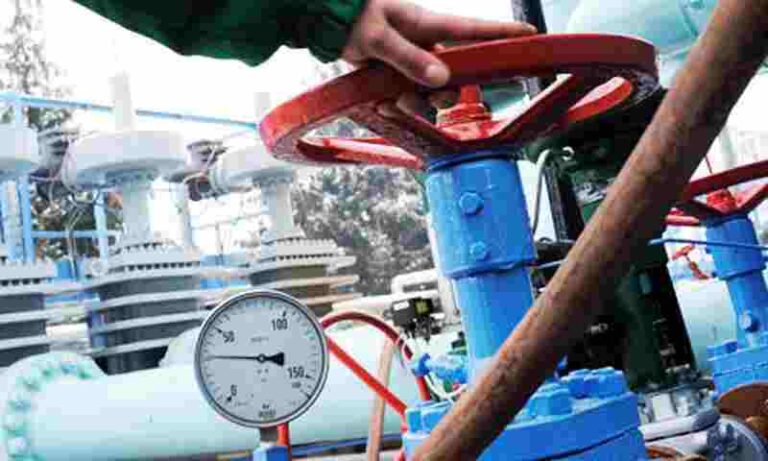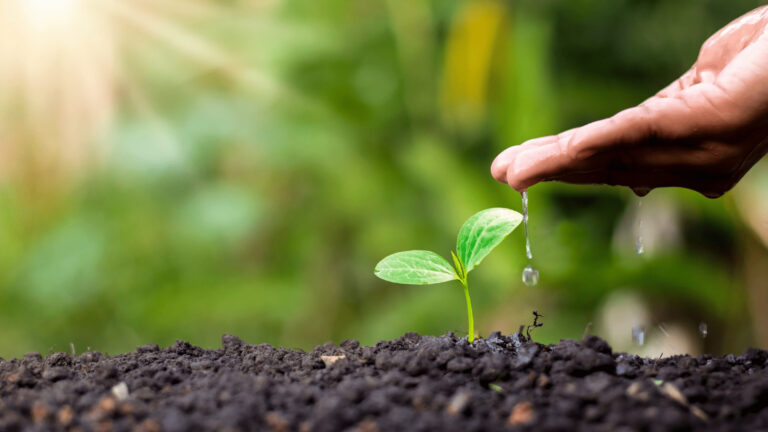Gas Prices in Pakistan Likely to go up by 30%
Gas prices are likely to go up by 30% in Pakistan, mainly due to the inclusion of expensive LNG prices in indigenous gas and spike in global prices.
There are several factors that would contribute to a hike in gas prices in Pakistan.
They are the incorporation of expensive LNG, the recent spike in the cost of local wellhead gas prices led by international oil markets, and rupee devaluation.
Other factors are rising gas allocation to subsidized sectors (domestic and export industries).
We believe the gas prices are likely to go up by 30%, provided international oil markets fall sharply, Sherman Securities said.
Thus, it further said that the back of the envelope working suggests that the weighted average cost of gas currently stands around Rs700/mmBtu while the average selling rate is around Rs540/mmBtu.
However, it is still unclear whether the raise will be in one go or gradual and will there be a blanket increase in prices for all sectors or some sectors may be prioritized.
Gas Prices Increase Positive for Local Energy Firm
The development is ‘positive’ for local energy firms specially OGDC, PPL, PSO, SNGP, and SSGC as their future cash flows will improve.
Currently, OGDCL, PPL, and PSO face the brunt of gas price delays as they have failed to receive timely payments of their respective gas supplies.
In case, the government increases prices in one go then, circular debt in the gas sector will improve from FY23 resulting in better payouts.
As per its estimates, gas sector circular debt (cost-price mismatch) may increase by Rs160-180bn in FY22 if local prices remain unchanged and prior year payments are not released.
Currently, both OGDC and PPL cumulatively have overdue receivables to the tune of Rs534 billion.
For chemicals, a 30% hike in gas price will likely reduce earnings of EPCL and LOTCHEM by 10-14% respectively, while there is no major negative implication for the cement sector.
However, FCCL, LUCK, and CHCC will face gas prices and their cost per bag may increase by Rs3-7 to pass on to the consumers.
However, other players in the sector will benefit. Moreover, a 30% hike in gas prices for both feed and fuel will raise urea production costs by around Rs200/bag which can be easily passed on to the consumers since the international price is much higher than that of the local area.
Inclusion of LNG Price in Indigenous Gas
Through recent amendments, OGRA will continue to notify prescribed sale prices without government intervention.
The prescribed price is the selling price for gas utilities.
In past, prices have been on the lower side versus consumer gas prices but a few times we have seen vice versa in order to protect consumers.
However, in the last few years, the government declined gas utilities’ request for a raise in prescribed prices to the level they notified and also kept consumer prices unchanged.
Now, once OGRA determines prescribed prices, consumer prices will follow suit so that the cash-flows of gas utilities remain intact in Pakistan.
Also, the cost of LNG is now included in price determination for local gas prices.
This was essential given the fact that even though LNG contributes only 25-30% of the overall gas supply (8-9% excluding power sector.
But contributes higher in value terms. Currently, LNG is two times costlier than local industrial gas.
LNG was introduced as an alternate to furnace oil power generation but with worsening gas shortages, the usage of imported LNG has increased in domestic and export sectors (sold at discounted prices).




